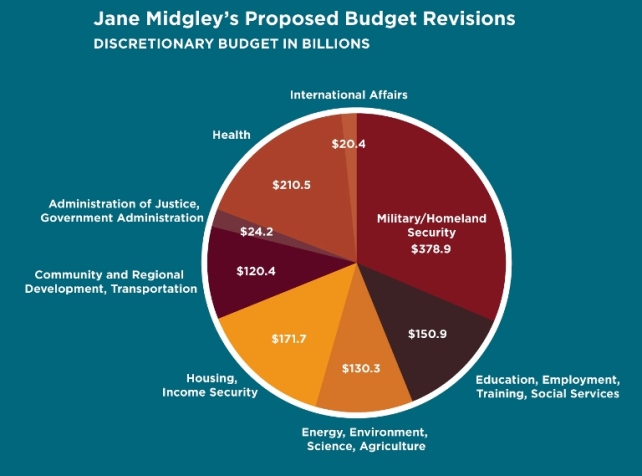Gender budgeting is ambitious, but is it radical?
 A group of Sri Lankan women involved in a participatory action research program to improve the policies and practices of Oxfam and other aid agencies in the areas of Sri Lanka and India that were affected by the devastating 2004 Indian Ocean tsunami. Photo: Atul Loke/ Panos for Oxfam America.
A group of Sri Lankan women involved in a participatory action research program to improve the policies and practices of Oxfam and other aid agencies in the areas of Sri Lanka and India that were affected by the devastating 2004 Indian Ocean tsunami. Photo: Atul Loke/ Panos for Oxfam America.
Identifying and evaluating the needs of women when budgeting helps in the fight against poverty.
Rebecca Rewald is the Administrative Assistant for the Policy Department at Oxfam America.
“Gender budgeting is radical.”
Those were the first words spoken at a presentation I attended this week about gender budgeting hosted by the World Bank. My attention was immediately captured – radical ideas are what change the world, aren’t they?
Sheila Quinn, an independent consultant who has studied gender budgeting mostly in the national federal budgeting process of European countries, was the woman who spoke those captivating words. I listened intently to her presentation, “Gender Budgeting: Critical Perspectives with Optimistic Overtones,” and this is what I learned:
What is gender budgeting?
The most basic way of defining gender budgeting is to say it’s gender mainstreaming within the budgetary process. But I think a better way of understanding it is to know the goals of gender budgeting. First, gender becomes a category of analysis in the budget. Thus, it moves the topic of gender as a soft issue mostly only often associated with social services, to the macroeconomic level. Gender budgeting recognizes that both the proprietors and beneficiaries are people with needs, making the budget a “people-centered” budget, and that needs are almost always gendered.
How does it happen?
It sounds like there isn’t one single model of gender budgeting, and it looks different in different countries, but according to Quinn, there are 3 general stages of gender budgeting:
- An analysis of the budget from a gender perspective must be done to determine the differential impact of the budget on women and on men
- Then, budgetary policies and the distributions of resources to achieve gender equality outcomes must be reformulated
- Finally, the government must work systematically to embed gender within all the budgetary processes
Gender budgeting in practice:
It turns out that gender budgeting is happening (at some level) in about 65 countries, like Austria and Spain. I was curious about gender budgeting in relation to the United States Federal Budget, so I did some quick research and came across the graphs below. The first graph is the US Budget that was slated for 2010 and the second one is a fake budget that reflects “more people-centered and women-honoring expenditures,” which was created by Jane Midgley, a leading economist and gender budgeting expert. Not surprisingly, she cut the “Military/Homeland Security” budget extensively, and reallocated those funds to areas like “Housing, Income Security,” “Health,” “Community and Regional Development, Transportation,” and “Education, Employment, Training, Social Services.” I want to point out that she also does cut the “International Affairs” budget in half, but only by targeting “the huge percentage of that category that goes to military and arms support.” (You can read more about how she would reallocate the budget here.)


So is gender budgeting radical?
Do I think we will ever move towards a budget that looks like Midgley’s budget? It probably won’t happen any time soon, but I don’t think it’s out of the question. Government spending is meant to fight poverty (sometimes more indirectly than directly), and gender budgeting is just a more adequate way of doing that since it does a better job of evaluating and responding to the needs of the half of the population that is disproportionately affected by poverty. And a budget that does this is a people-centered budget that reflects a rights-based approach to providing services and aid. That actually doesn’t sound all that radical to me – it sounds like that’s what governments are supposed to do. Sure, it’s ambitious, but so is ending global poverty.
—
For a more detailed resource on gender budgeting, I encourage you look at Sheila Quinn’s gender budgeting handbook. You can also learn more about our gender justice work on our website.